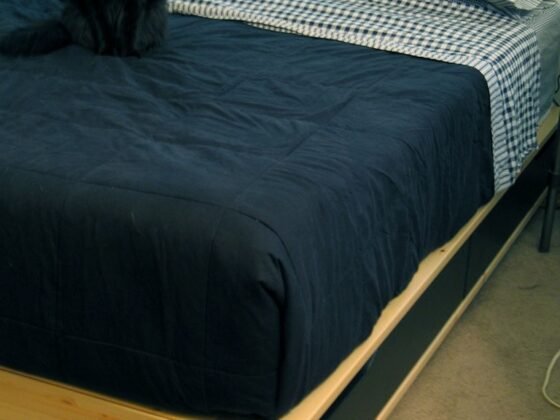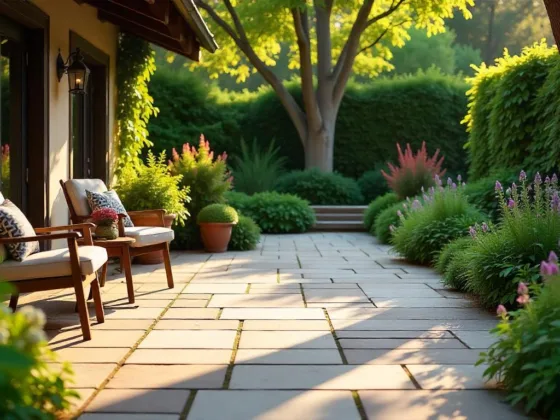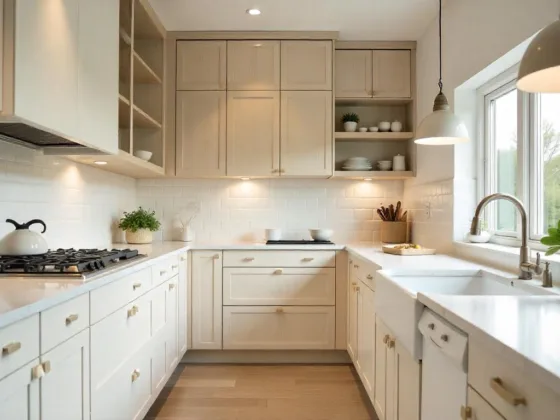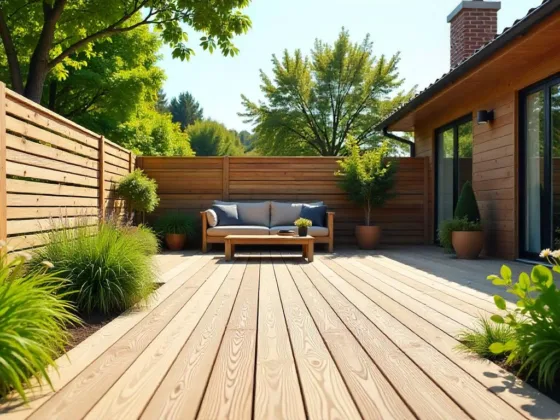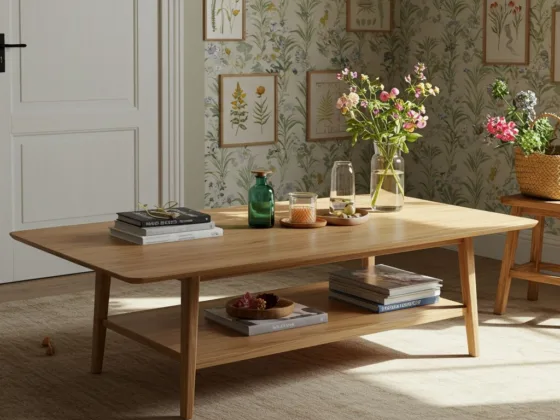Table of Contents Show
Some timber terminologies are confusing for most people. They thought that reused, refurbished, or reclaimed are the alternative words for this wooden material. However, you need to understand that these materials differ from each other.
You need to know the concepts behind their distinctions. In this way, you will know how to determine quality wooden material for construction and engineering projects.

According to Onsite Timber Sydney, you need to know these buying tips if you plan to purchase construction materials in New South Wales.
Without further ado, let’s start checking the seven (7) steps as your buying guide for recycled timber.
Read Also:
1. Understand the Types of Timber
In most cases, people interchange the words and find them similar in their meaning. However, this approach is not applicable in recycled timber. To know more about the details, let’s dive in and understand their differences:
- Recycled – it refers to a wooden material that undergoes a machine process, and it transforms into a new product.
- Reused – it is defined as a wooden material with no treatment made
- Refurbished or Re-milled – this is the opposite of the reused timber in which there is a treatment made
- Salvage – these are pieces of wooden materials that are scrap from the old projects, but they can still be used
- Reclaimed – it refers to a wooden material in which it did not undergo machine processes, but they combined the pieces to transform them into a new product
- Upcycled – These are pieces of wooden material from scrap or discarded already, but they processed it again to create a new product or an improved material
2. Familiarize Yourself with the Timber Terms
It is an important thing to understand the layers of the timber so that you will know how to determine the hardwood and softwood. There are six parts, and each has a distinct description as follows:
- Pith – this is the core of the trunk in which it carries the tree’s nutrients.
- Heartwood – this layer consists of a dense and dark appearance. It is the part of the tree in which it is deemed to be dead. Usually, the price is higher in the market.
- Sapwood – this is the opposite of the heartwood. This layer contains a less dense and lighter appearance. It is the living part of the tree, and it can be evolved into a heartwood. Usually, the price is lower than the heartwood.
- Inner Bark – This part contains living cells, and it is also the layer in which the sugar is transported.
- Outer Bark – This is the layer that you can see physically, and it contains dead tissues that make up a protective barrier.
- Cambium Layer – This is the part of the tree that produces growth rings, and they act as the protective inner barrier.
3. Determine What Cuts That You Need
There are six types of cuts for timber materials. You need to understand the layers of the cuts to determine which part of the trunk that you will be using. To familiarize yourself, here is the summary:
- Slab Cut – these layered cuts contain rounded sides.
- Clear Cut – this is the layered cut of the timber which contains lesser knots and cracks hence, an ideal material for projects
- Centre Cut – this is the layered cut of the timber with many knots and cracks. Usually, they use it for furniture types due to its rustic characteristics
- Rift Sawn – these wooden pieces have 40 to 60 degrees growth rings and versatile under watery conditions
- Quarter Sawn – these wooden pieces have 60 to 90 degrees growth rings and ideal for bookcases and shelving
- Flat Sawn – these wooden pieces contain 45 degrees growth rings and the markings are parallel to the board’s surface.
4. Understand the Concepts Behind Timber Grading System
Every tree has its features and distinctive characteristics that differentiate it from the other. Even if the tree belongs to the same species, the structure and layers of their trunks are unique and different.
The grading system is an approach to identify the quality and toughness of the wooden material. Generally, we have two kinds in which include structural and aesthetic grading.
A structural grading system is a type of test that determines the durability and quality of the timber material. Usually, there are two subtypes, including Visual stress grade (S-grade) and mechanical stress grade (F-grade).
In a visual type, a trained grader will examine the size, position, and composition of the timber. Next, they will divide them into seasoned and unseasoned wooden materials. The lower the number grade, it means the higher the quality of the wood.
On the other hand, the mechanical type refers to the use of the bending test. They use this approach to determine the toughness and stiffness of the timber. Usually, the higher the number of the material, it means the higher its quality.
Next, let’s concentrate on the aesthetic grading system. From the word itself, this procedure has something to do with the design and physical appearance of the timber. It has also three subtypes, namely select, standard, and character.
The select types are uniform in appearance, and they contain minimum knots. Usually, they used these materials for the flooring. On the other hand, the standard ones have a distinct appearance, and they used these materials for bookcases, shelves, or cabinets.
Lastly, the character resembles a rustic appearance among the three types. It contains knots, sap, burls, and cracks. Usually, these types are popular for furniture-related items.
5. Learn Some Drying Techniques
The drying techniques are a significant process to nurture the wooden material and determine its shelf life. Some timbers reach the stage wherein they cracked, bent, or damaged.
Three techniques work best for timbers, namely Kiln-dried, air dried, and greenwood. The drying process has similar objectives that enhance the stability of the timber, and it eliminates the insects that can damage the material. They only differ in the approach or tool used for drying the timber.
6. Determine the Best Cutting Finishes
The experts use machines to cut the timber finely and smoothly. Generally, they use measuring tools and cutting-edge equipment to achieve a finishing look.
Generally, there are four types of cuts ranging from natural or live, planed or dressed, surfaced, and rough or nominal sawn. These cutting finishes serve their specific purpose depending on the project.
7. Apply the Finishing Techniques for the Timber
To preserve the quality of the timber, it is a must to use the best staining process to make it durable and prolong its life. In most cases, there are three ways to coat and treat timber materials, namely coalescing, reactive, and evaporative.
These finishing techniques use different coating base to seal the moisture of the wood and enhance its durability. Generally, the coalescing technique uses water-based treatment, while the reactive approach uses oils or spirits. Lastly, evaporative uses wax, alcohol, or acetone-based treatments.
Have You made the Right Choice of Recycled Timber?
Timbers are a great choice of wooden material, especially for clients who prefer a nature-like home environment. These items are also great for designing and provide an antique to modern look for your facilities or room. Moreover, this wood type is durable, aesthetic, and high quality in which it is the best for flooring, furniture, and other construction projects.
However, it is an important thing to know all the factors to consider before buying timber materials. About this content, we elaborate on the details as much as we can to serve you a better buying experience.
